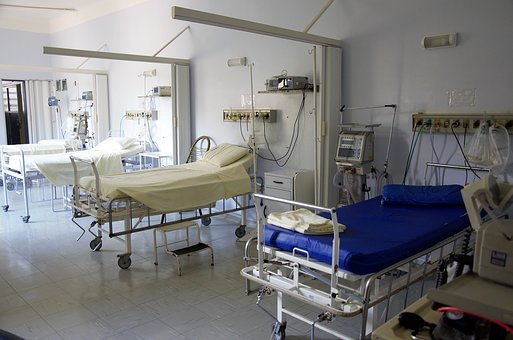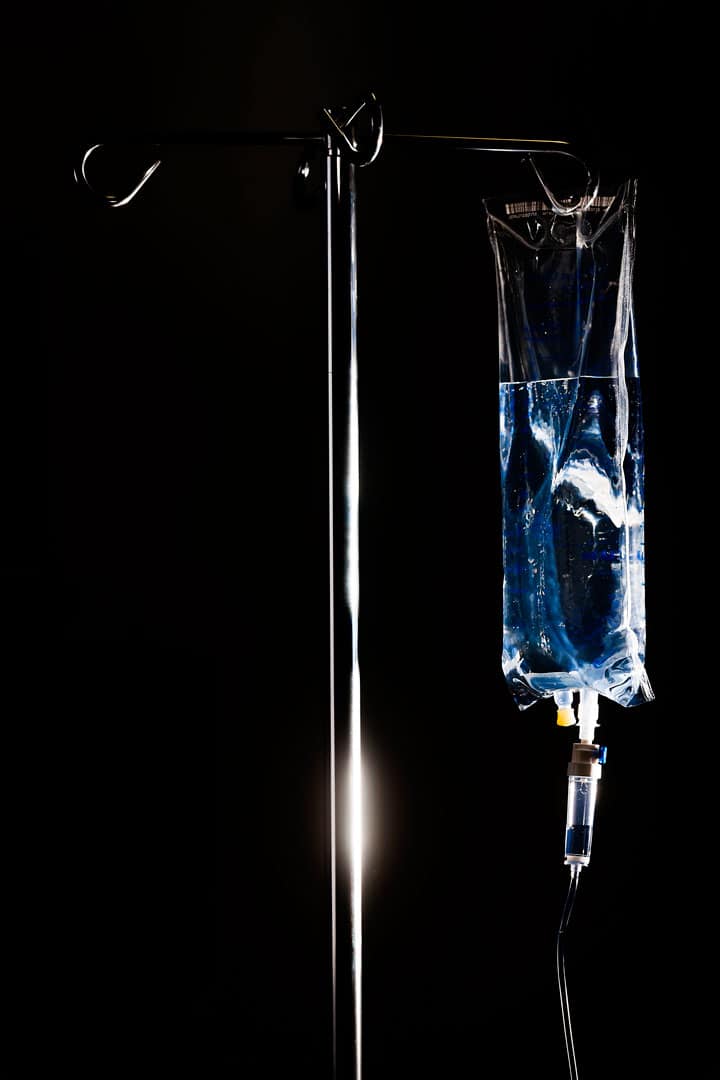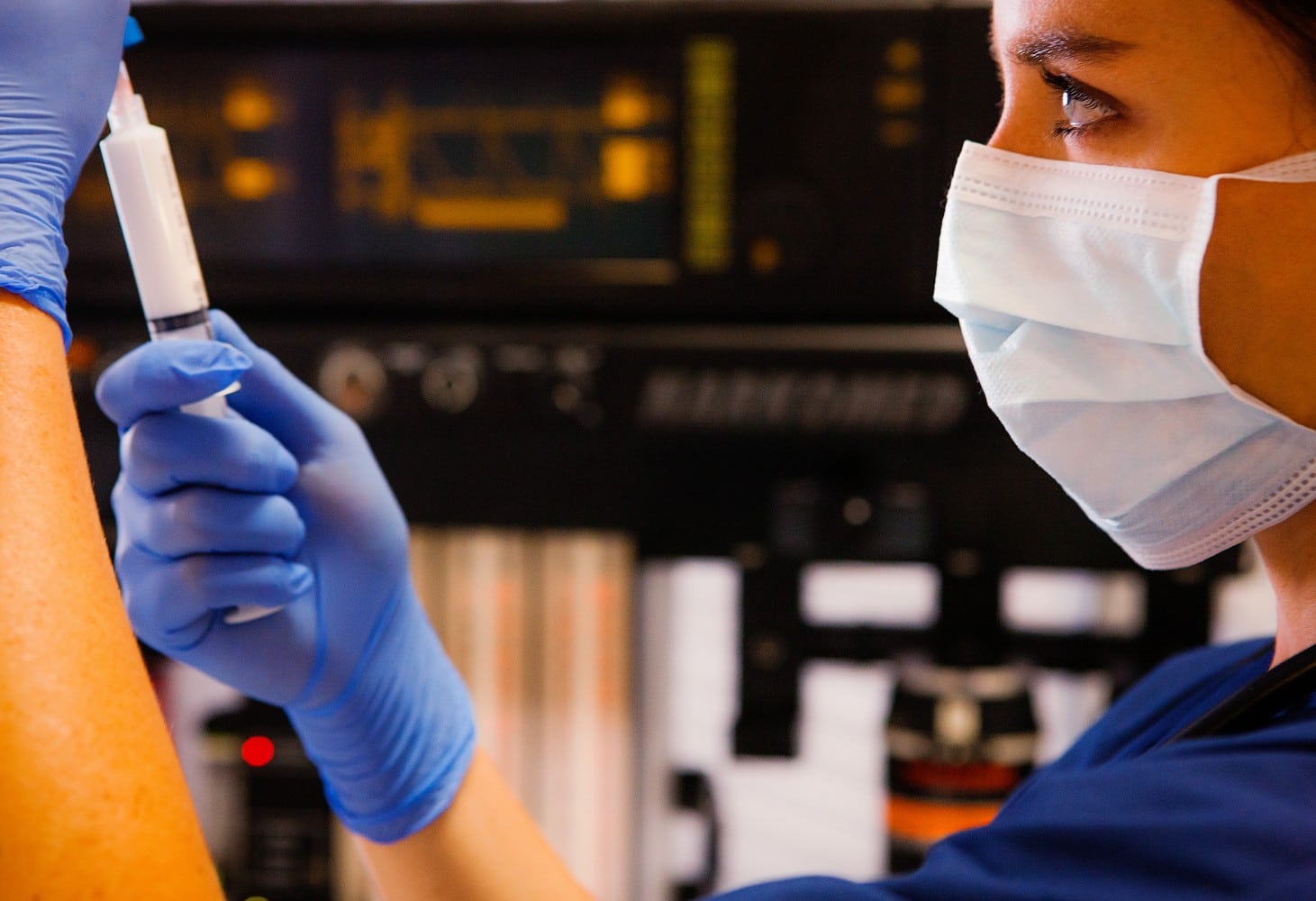
According to a recent medGadget article reporting on findings from Hexa Research, the market for ASCs is projected to increase at a compound rate of 6 percent annually between 2016 and 2024. High government expenditure, increased government initiatives focused on team-based primary care, and technological advancements are only a few key factors involved in driving market growth for ASCs. Additionally, primary care offices reported revenues upwards of $400 billion dollars in 2014, the same year North America led the market and Europe’s demand powered market growth in the area. Higher healthcare costs and more chronic conditions are expected to fuel Asia Pacific’s growth to 7 percent CAGR in 2016-2024. It is estimated that up to 50 percent of surgeries in the United States occur in an ASC facility, according to UC Davis Health. Further, a Becker’s ASC Review from earlier this year states that surgeons have moved away from hospital settings to perform higher acuity cases in ASCs, such as spinal fusions and joint replacements, due to financial incentives and patient preferences, as the outpatient setting is ideal for otherwise healthy individuals who have minimal risk of pain, nausea, and bleeding after surgery. Utilizing ambulatory surgical and anesthesia services for minimally invasive procedures are beneficial to many patients as well, as they provide a lower cost alternative and shorter procedure length. Additionally, some surgical procedures performed in ASCs are ideal for older individuals that wish to avoid costly and time-consuming hospital stays that may pose more risk for infection or other illness during recovery time.
Utilizing ASCs for outpatient surgical procedures has its benefits; according to a 2014 HealthAffairs study by Munnich and Parente, surgical procedure lengths at ASCs are an average of 25 percent shorter than those performed in hospitals, indicating one reason for ambulatory surgery centers’ ability to reduce costs and attend to the dramatic increase in demand for outpatient surgery that has been observed since 1981. Due to the rising demand for outpatient surgical procedures, anesthesia management groups often contract with ASCs, thus the market for outpatient anesthesia services has been steadily increasing in recent years as well. The Anesthesia Quality Institute’s National Anesthesia Clinical Outcomes Registry reports the number of anesthesia cases outside of hospital operating rooms increased from 2010 to 2014 from 28 percent of anesthesia cases, or 5.9 million in 2010, to 36 percent of cases, or 12.4 million by 2014. The use of outpatient anesthesia services will likely continue increasing given the projected global ASC market growth and high demand for outpatient surgical procedures in the United States. A 2012 Oschner Journal study by Sarin and colleagues found that specialized ambulatory anesthesia teams contribute to decreased recovery times, and may be a valuable asset to anesthesia management companies and healthcare institutions by increasing perioperative efficiency, as well as both surgeon and patient satisfaction. As outpatient surgery and anesthesia services become a more attractive option due to patient preferences, lower-costs and expedited, high-quality services that reduce the likelihood of patient readmission and allow for early ambulation, the demand for outpatient anesthesia management services can also be expected to increase through 2024, parallel to the overall projected market trend for ASCs.




